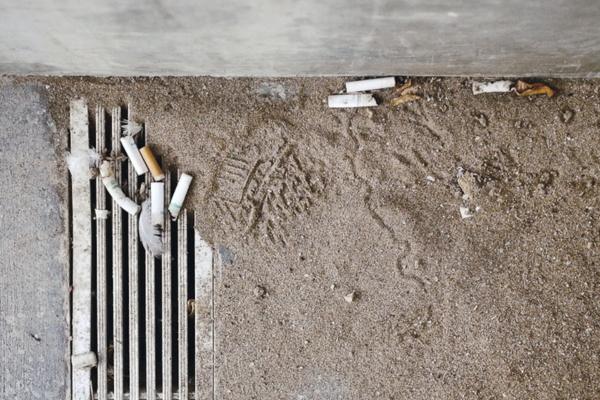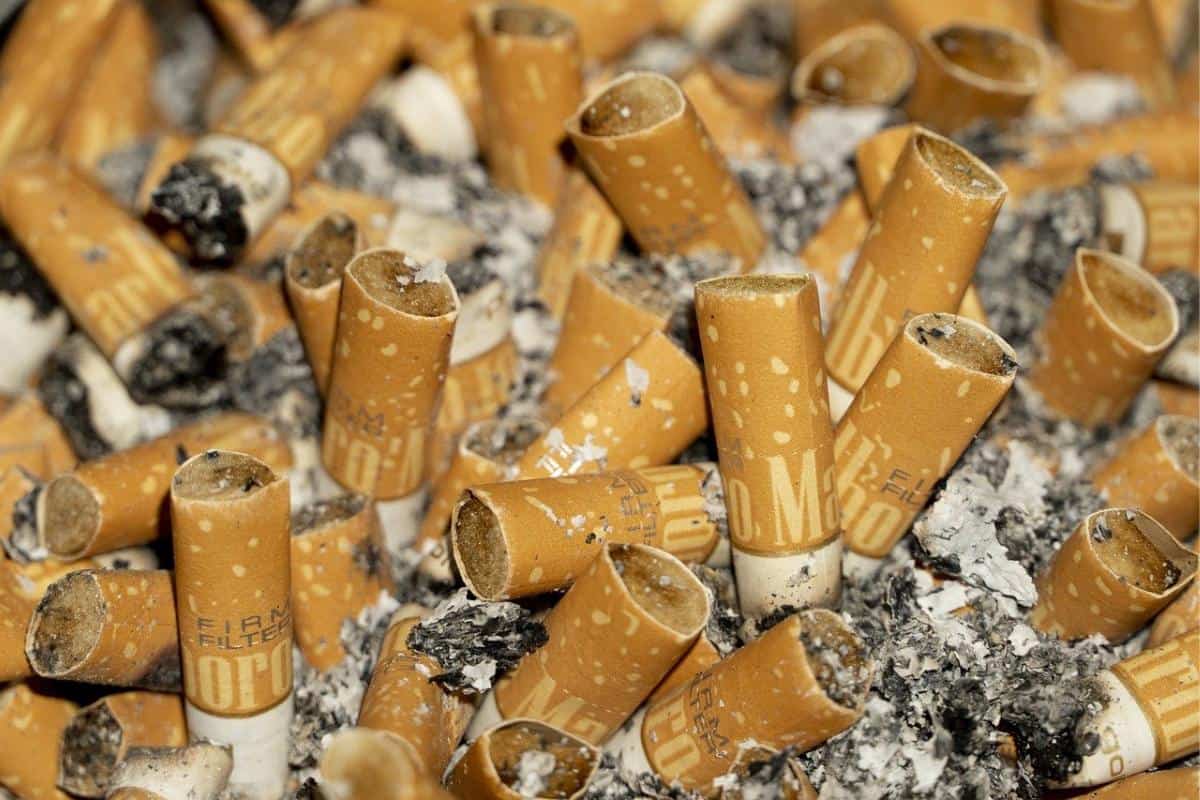This page may contain affiliate links. If you click and buy, we might get a small commission at no cost to you.
Since more than 5 trillion cigarettes are bought yearly worldwide, their filters are now unavoidable in our surroundings. But as these seemingly harmless but common filters are thrown out, a crucial question surfaces: how long does a cigarette filter take to decompose?
In this article, we talk about what cigarette tips are made of, how they affect the environment, and how long they really decompose.
How long does a cigarette filter take to decompose?
It can take upwards of 10 or even 15 years for cigarette filters to break down, so they continue to be an environmental problem. These non-biodegradable filters are made of plastic, which means that a long process of photodegradation is required for them to break down totally.
Key Takeaways:
- Decomposition of cigarette filters could take up to 15 years.
- These things are made of cellulose acetate, which breaks down into tiny pieces of plastic that are still bad for the environment.
- Aside from correct disposal, the most efficient approach is to encourage smokers to give up the habit and promote using less hazardous alternatives.
How long will it take for the filter to decompose completely?

A single cigarette filter may take anywhere from 10 to 15 years to fully break down in the environment. Many people believe that these filters are biodegradable and naturally break down over time. However, this assumption is actually incorrect. Cigarette tips comprise non-biodegradable materials, such as cellulose acetate, which can take a long time to decompose.
Do cigarette filters contain plastic?
Although they may seem like paper, cigarette filters aren’t made from paper and aren’t biodegradable. Since it’s composed of 95% cellulose acetate, a type of plastic with strands that are even finer than sewing thread, the resulting filter can look like cotton.
This thing doesn’t easily decompose and, like other plastics, requires sunlight to undergo photodegradation, which is the only process that makes plastic become brittle and break down into smaller pieces. Despite this, microplastics, which are the resulting tiny pieces, can still be dangerous as they can easily be carried away and enter the human body.
Are cigarette filters bad for the environment?
Most people today rely on the thrilling rush of nicotine flowing through their systems to cope with stress and negative emotions. As a result, cigarettes have become extremely common and widely used among people from all walks of life. Because of this, numerous cigarette butts can be discovered and littered worldwide.
In the United States of America alone, there are 9.7 billion cigarette butts that have been littered, and of these, 4 billion can be found in water. This particular product not only affects the human body but also has multiple negative impacts on the environment.
Pollution

Due to their small size, they can be easily drained and carried to the beaches, rivers, and oceans. Because of this, many wildlife species suffer as they release their toxins into these waters, polluting and killing many animals.
Deforestation
These things also contribute to deforestation, and tobacco farming even causes 5% of all global deforestation, with people chopping down 600 million trees every year. Typically, farmers burn the land to clear it, which raises greenhouse gas levels by causing air and water pollution and reduces the amount of forest cover. Additionally, more water, wood, and pesticides are used on tobacco fields in comparison to other types of agricultural production.
Can cigarette filters be composted?

This question has sparked many debates as some argue that it’s possible, while others claim that it’s unsafe or still harmful, particularly to the plants. The primary component of cigarette butts is cellulose acetate, which is a type of plastic that’s not biodegradable even though it appears to be one.
Because of this, they break down very slowly, just like other types of plastic. Additionally, this substance is toxic, and creating a compost with it isn’t the best option.
Disposal of cigarettes
Since cigarettes are one of the things that start fires, it’s crucial to get rid of them correctly in the trash can rather than just throwing them out everywhere. Make sure the fire is also out before doing this. People smoke over 5 trillion cigarettes every year all around the world.
This is a concerning environmental issue because these cigarettes take up to 15 years to break down. Even if we dispose of these filters properly, they still turn into toxic wastes that can harm the lives of numerous humans and animals.
Final Thoughts
In conclusion, the breakdown of cigarette displays is a major problem for the environment. These tiny pieces of trash have a big, long-lasting effect on our world because they stay around for up to 15 years, polluting our land and water and putting animals in danger.
To solve this problem, we need to encourage responsible disposal, support campaigns against littering and smoking, or look for sustainable alternatives.
Sources:
- “Regulating the disposal of cigarette butts as toxic hazardous waste”, R. L. Barnes, Tobacco Control, May 2011, ncbi.nlm.nih.gov



